Bhutan entered the dawn slowly. While the first rays of sunlight were still trembling on the mountain peaks, the Paro Valley below was covered with a thin layer of mist like a silken scarf. The grass and trees were still covered with frost, and light streams of mist drifted in front of the toes of the shoes.
At 7:00 a.m., our group left the hotel in the golden sunlight pouring down the mountainside, beginning the journey to conquer Tiger's Nest-Taktsang Palphug Monastery, the most sacred monastery in Bhutan, which is considered a symbol of the whole country of Bhutan.
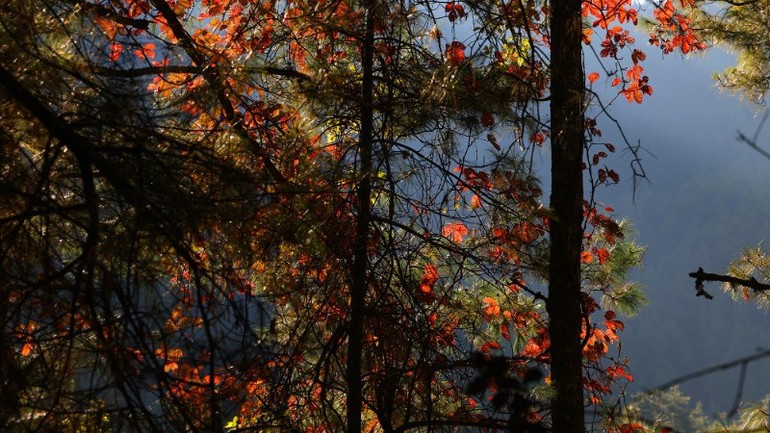
The Bhutanese people tell a legend: Guru Rinpoche rode a tigress (the incarnation of his consort Yeshe Tsogyal). From Tibet, he flew to the Paro cliffs to subdue a demon. He meditated in a cave for 3 months, opening a new era for Buddhism there.
From that legendary story, Taktsang cliff was called by the world- famous name: Tiger's Nest. Standing at the foot of the mountain, looking at the temple hanging in the sky, I couldn't help but wonder: How many beliefs, how many miracles have gathered here to build a legend that time cannot fade?
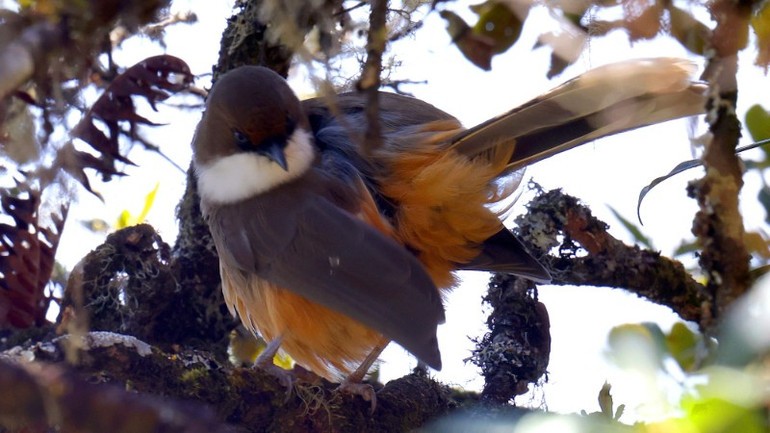
According to historical records, around 1692, Master Tenzin Rabgye - a representative of the Drukpa Kagyu lineage - built a monastery surrounding Guru Rinpoche's meditation cave. At an altitude of 3,120 m, 900 m above the Paro valley floor, the structure both challenges the human heart and defies gravity.
Wooden floors, white balconies, and dark brown roofs perch precariously on sheer cliffs. The Bhutanese consider this their architectural masterpiece, a combination of faith, traditional craftsmanship, and extraordinary will.
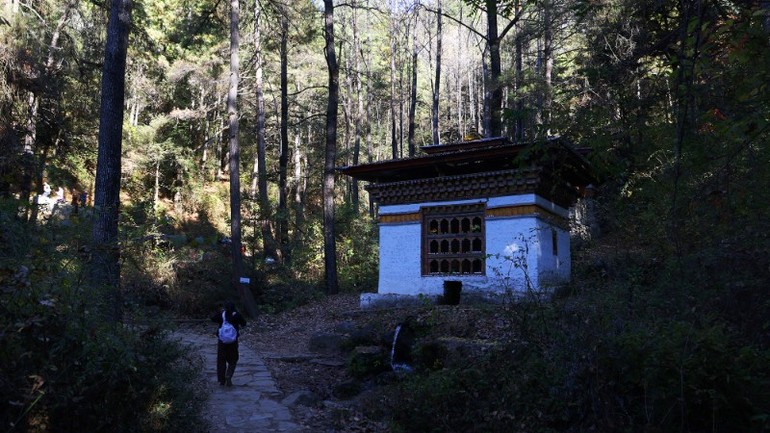
Tiger's Nest has been tested by fire many times. In 1951, a major fire burned down many shrines. In 1998, the fire became more serious, destroying ancient murals and statues. But the monastery was still restored, retaining the ancient architectural style by the hands of Bhutanese artisans. Each layer of wood replaced, each wall restored carries with it the aspiration to preserve the soul of the country.
The bus took us to the mountainside parking lot at 7:30. The cold air penetrated our windbreakers, hats, and gloves. Under the canopy of the old pine forest, pack horses stood in long lines waiting for passengers.

In Bhutan, horses can only take tourists halfway up the mountain, the rest must be walked. The government of this country strictly manages, there are no street vendors, no residents in the forest, everything is kept intact as nature created it.
The trail opened up on red dirt, the slope almost vertical. The thin air made it hard to breathe. After only a few dozen steps, the heart was pounding, and the cold wind was burning his cheeks.
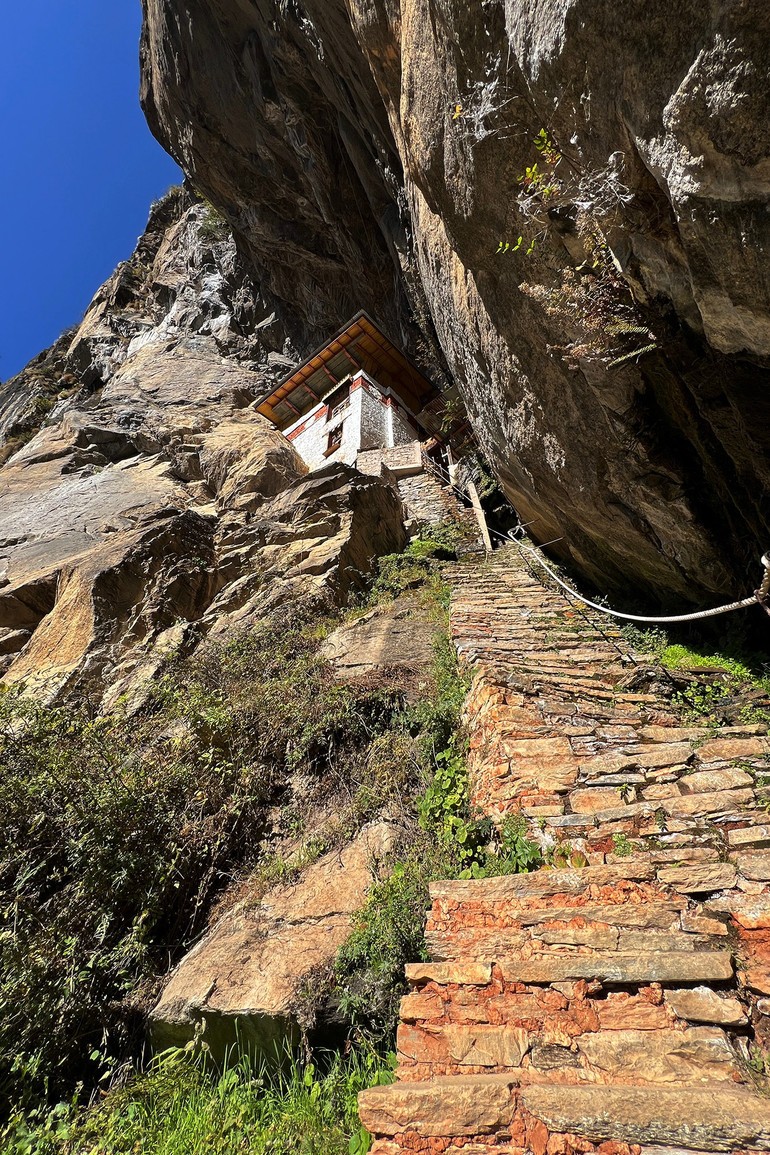
We looked up, Tiger's Nest was still far away, small as a white dot clinging to the cliff. But the autumn sky was clear, the pine forest changed colors of yellow, red, green like endless layers of color. From above, the wind carried the fresh, sweet scent of pine resin, and the lungta (prayer flags) fluttered, creating a jingling sound like chanting from afar.
That was when everyone understood that this journey was like a ritual entering a quiet land. It was not until 10 o'clock that the group arrived at Tiger's Nest Café - the only resting place on the route. Located halfway up the mountain, the café was small but warm. Cups of hot tea steamed, the scent of yak butter wafted in the air. The wind carried the sound of wind chimes that gently touched the eaves.
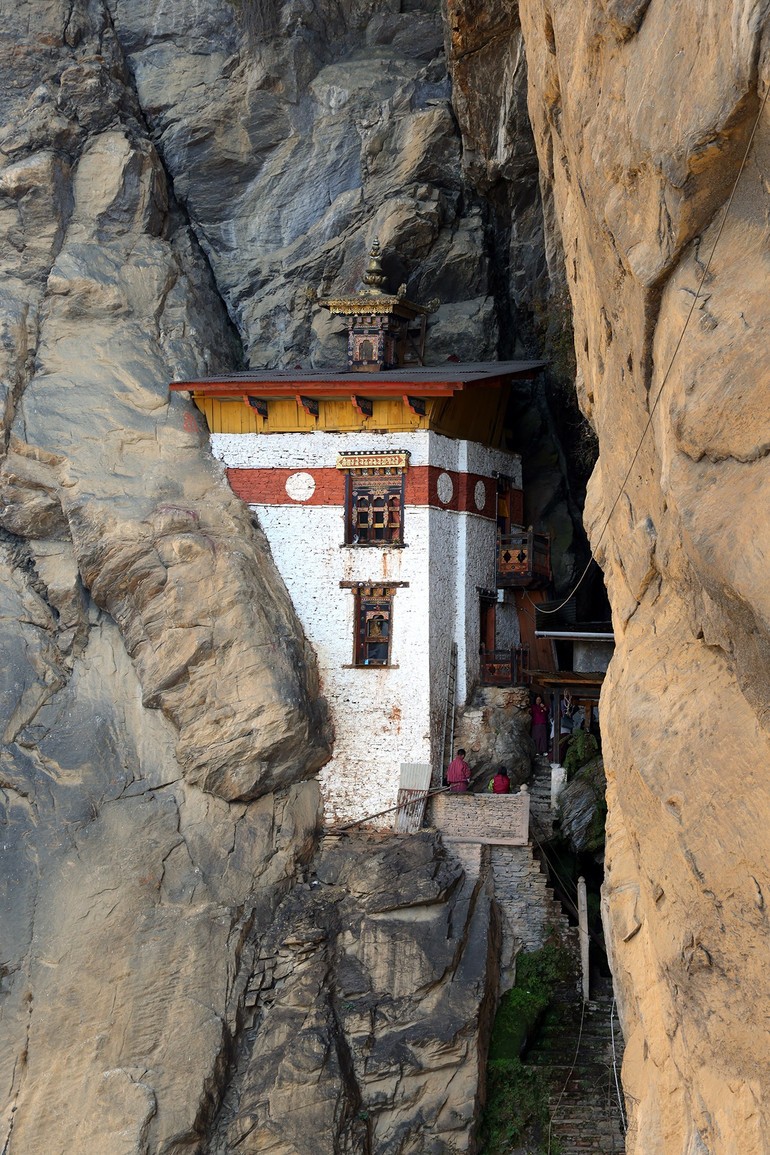
From here, looking up, Tiger's Nest begins to appear clearly, like a dream suspended in the clouds. Looking down, the Paro valley appears immense under a thin layer of mist, the village roads and roofs are just small dots.
After a 30-minute break, the group continued climbing. The second section of the path opened up with vertical stone steps, each step felt like lifting a boulder on one's shoulders. The higher they climbed, the less noise there was, only the sound of the wind blowing through the pine trees, the sound of footsteps on the rocks, and one's own heartbeat.
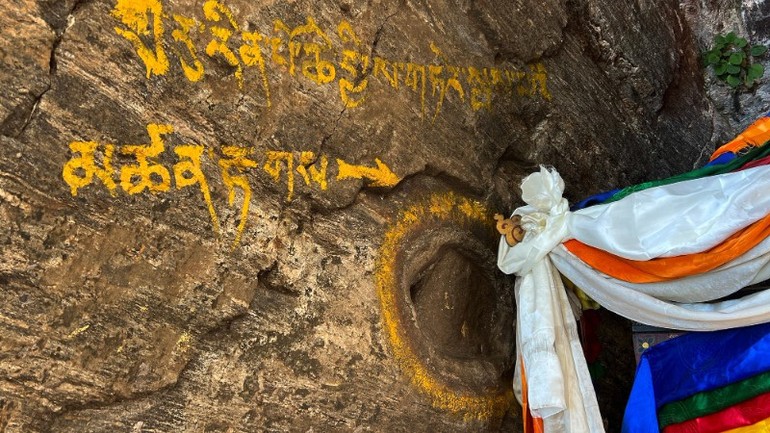
When the wooden gate opened, everyone’s first feeling was… silence. The monastery consisted of two main architectural blocks clinging tightly to the cliff. The black wooden balconies, white walls, and dark brown triangular roofs blended with the mountain mist to create a beauty that was both sacred and surreal.
All phones, cameras, and bags must be left outside. Visitors enter with an empty mind, with nothing between them and this sacred space.
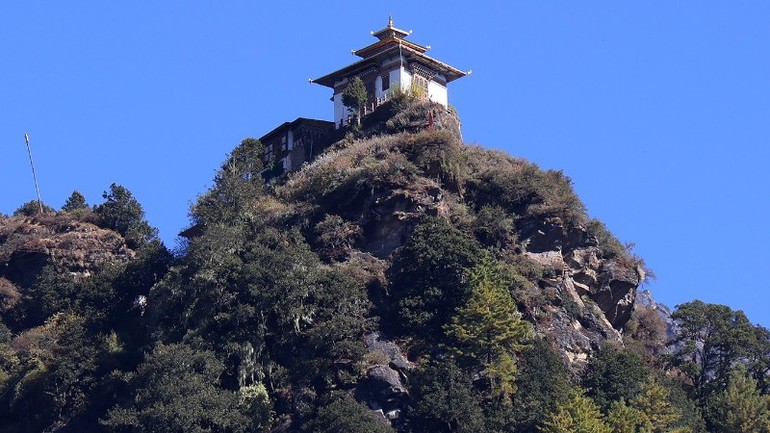
In the 11 shrine rooms that were opened, Guru Rinpoche statues are present in various postures: pacification, incarnation, and subduing demons. Ancient murals, restored after the 1998 fire, are still vibrant, depicting the realms of Vajrayana cosmology.
Going deeper, there are meditation rooms so small that only one person can sit. A young monk said: "Bhutanese people come here not just to see the scenery. This is a place to find themselves." The simple words, in the space filled with the scent of incense, everyone felt like it touched the deepest part of their mind.
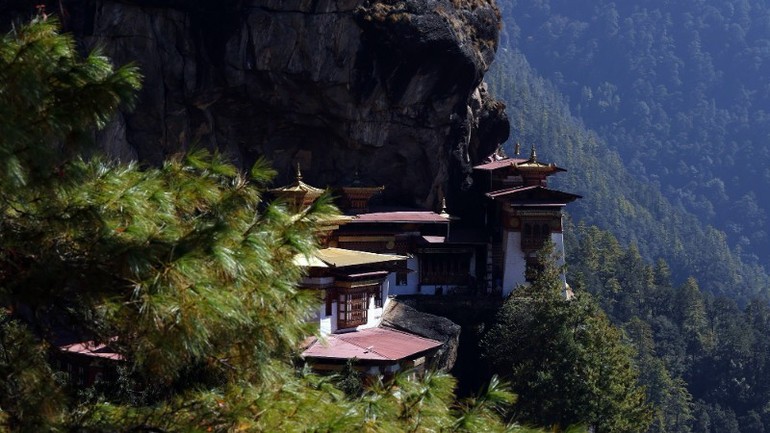
Before leaving the temple, the group was led to a narrow ravine, next to a waterfall that poured down from above. At the top of the slope, a small shrine stood alone among the rocks. This was where Yeshe Tsogyal, Guru Rinpoche's consort, who had incarnated as a tigress, had meditated.
On the rock at the edge of the cliff, there was still a tiger's footprint preserved. Although science could explain it as natural erosion, standing in front of it, I did not want my reason to speak up. There are things that are most beautiful when kept by faith.

Leaving the monastery at 2 p.m., the group began descending the mountain. Everyone thought descending would be faster, but it was just as difficult. The steep slopes required more concentration than going up. Dust covered their shoes, and their knees began to shake with fatigue.
At 4 p.m., the group arrived at Tiger's Nest Café. Everyone was starving, and a late lunch was a great comfort: white rice, stewed vegetables, potatoes, and hot tea. Strangely enough, after such a difficult journey, the simplest of dishes tasted surprisingly delicious.
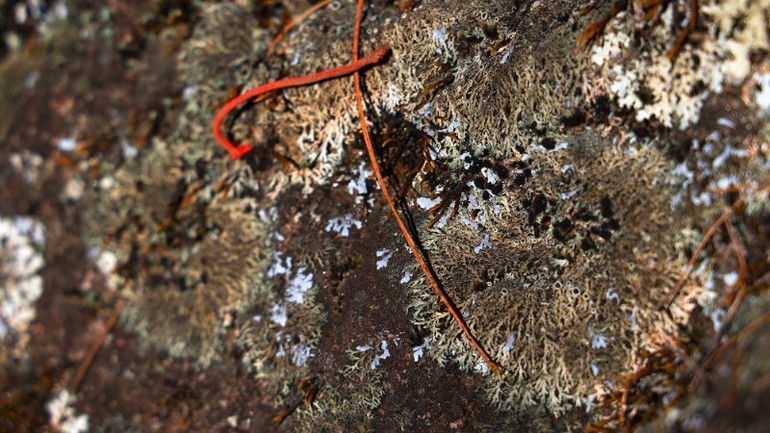
After a one-hour break, the group continued down the last stretch. It was getting dark and the cold wind was blowing harder. Flashlights were turned on, illuminating the winding dirt road through the pine forest - a scene that reminded me of journeys back in fairy tales.
We reached the parking lot at 6pm. Night had fallen, and the Paro valley was half in darkness and half in the flickering yellow light. Looking back at the mountains behind us, where the Tiger's Nest was now just a dim dot of light, I understood why so many people consider this journey a memorable milestone in their lives.

Tiger's Nest is an architectural wonder, a religious legend, but also a place where one learns to listen to one's breath, learns to persevere, learns to touch humility.
Source: https://baolaocai.vn/chinh-phuc-tigers-nest-khong-gian-linh-thieng-nhat-cua-bhutan-post887192.html





![[Photo] Lam Dong: Panoramic view of Lien Khuong waterfall rolling like never before](/_next/image?url=https%3A%2F%2Fvphoto.vietnam.vn%2Fthumb%2F1200x675%2Fvietnam%2Fresource%2FIMAGE%2F2025%2F11%2F20%2F1763633331783_lk7-jpg.webp&w=3840&q=75)
![[Photo] President Luong Cuong receives President of the Senate of the Czech Republic Milos Vystrcil](/_next/image?url=https%3A%2F%2Fvphoto.vietnam.vn%2Fthumb%2F1200x675%2Fvietnam%2Fresource%2FIMAGE%2F2025%2F11%2F20%2F1763629737266_ndo_br_1-jpg.webp&w=3840&q=75)
![[Photo] National Assembly Chairman Tran Thanh Man holds talks with South Korean National Assembly Chairman Woo Won Shik](/_next/image?url=https%3A%2F%2Fvphoto.vietnam.vn%2Fthumb%2F1200x675%2Fvietnam%2Fresource%2FIMAGE%2F2025%2F11%2F20%2F1763629724919_hq-5175-jpg.webp&w=3840&q=75)
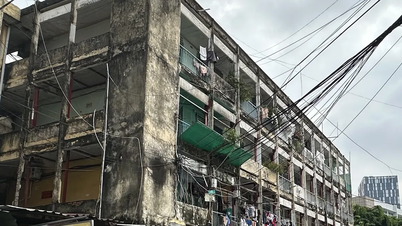





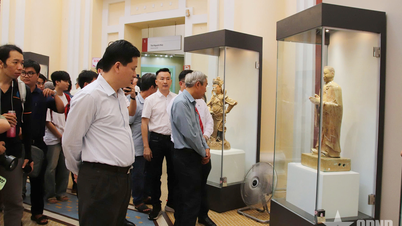

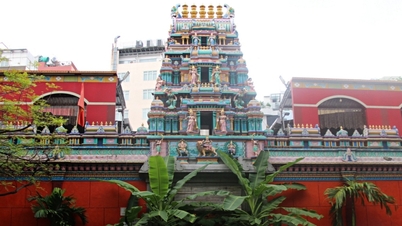





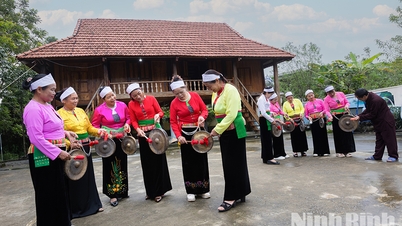
















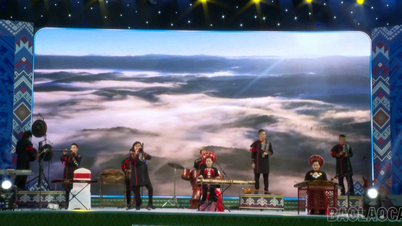


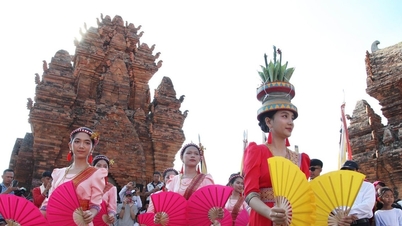
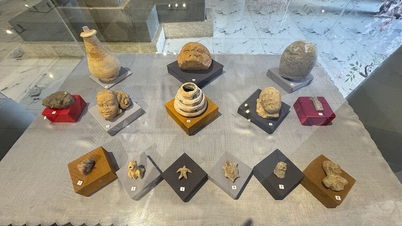




















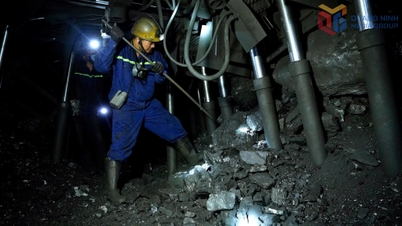











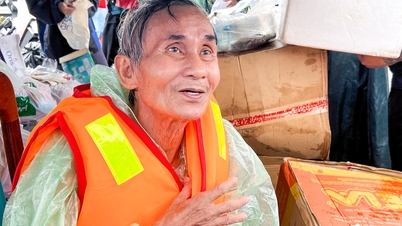





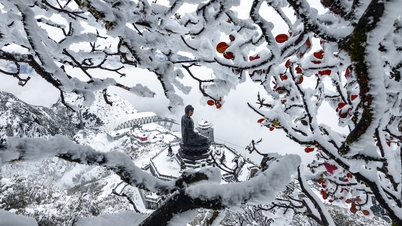










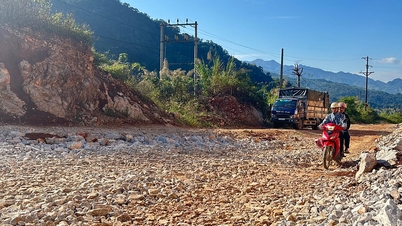



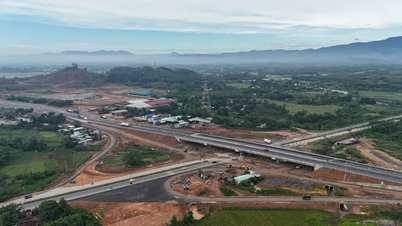

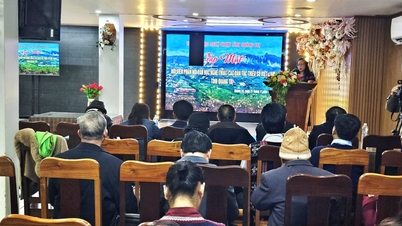













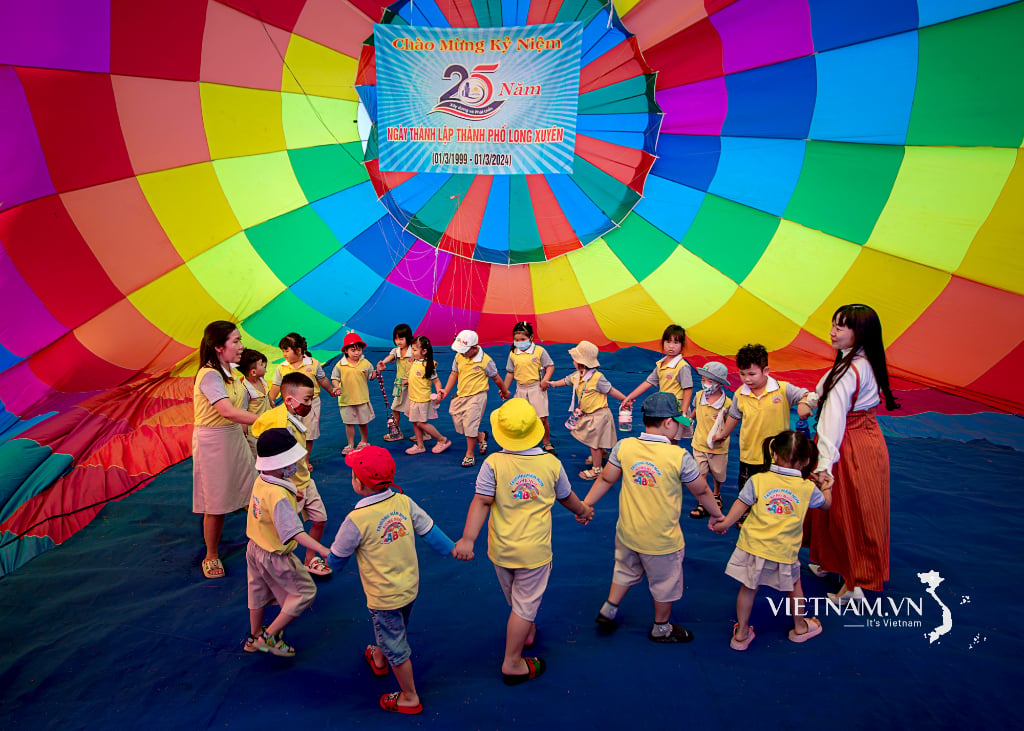

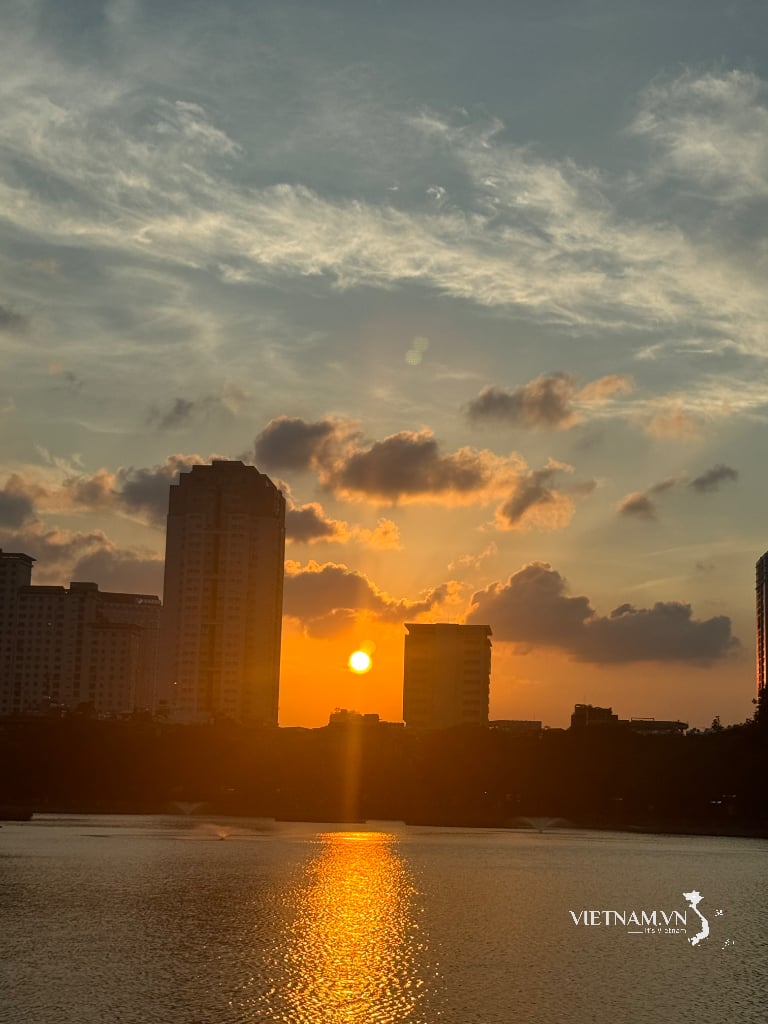
Comment (0)